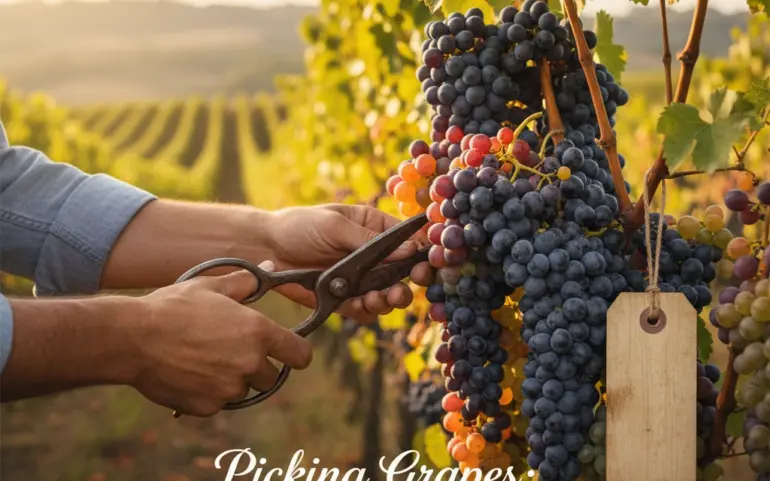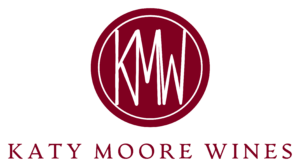Picture this: you’re standing in a vineyard at dawn, the morning mist still clinging to perfectly ripe grape clusters. The winemaker beside you tastes a single grape and nods: today’s the day. This moment, when grapes transition from fruit on the vine to the foundation of exceptional wine, represents one of the most crucial decisions in winemaking. Get it right, and you’re on track for a stellar vintage. Miss the mark, and even the best grapes can produce disappointing wine.
The art and science of grape picking goes far beyond simply gathering fruit when it looks ready. Every choice: from the exact day of harvest to the method of collection: directly shapes the wine’s flavor, structure, and overall character. Let’s dive into how timing and technique work together to create the wines you love.
The Critical Window: When to Harvest
Harvest timing isn’t just about flipping a calendar page. In the Northern Hemisphere, grape picking typically happens between August and October, while Southern Hemisphere vineyards harvest from February through April. But these broad timeframes only tell part of the story: the real magic happens in those final weeks when winemakers become grape detectives, analyzing multiple factors to pinpoint the perfect moment.
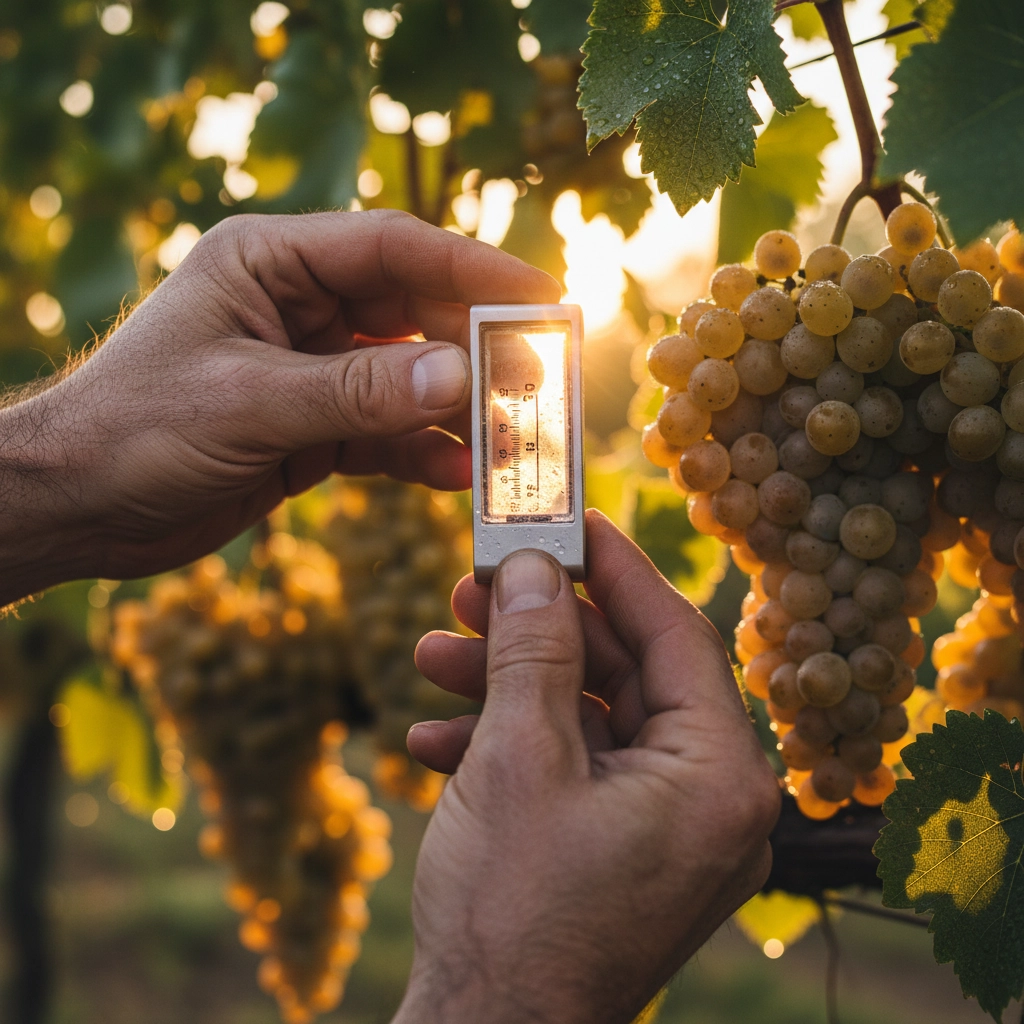
Sugar, Acid, and Everything Nice
The most talked-about harvest indicator is sugar content, measured in degrees Brix. Most wine grapes are picked around 22-24° Brix, but this number varies dramatically depending on the wine style you’re aiming for. A Napa Valley Cabernet Sauvignon harvested at 26-27 Brix will produce wine with about 14.5% alcohol, while Bordeaux grapes picked at 24 Brix yield a more restrained 13.5% alcohol.
But here’s where it gets interesting: sugar levels don’t tell the whole story. Acidity matters just as much for creating balanced, age-worthy wines. As grapes ripen, their acid levels naturally decrease while sugars climb. Finding that sweet spot where both elements harmonize requires careful monitoring and often some tough decisions about waiting versus picking immediately.
The Physiological Ripeness Factor
Beyond the numbers, experienced viticulturists look for physiological ripeness: when the entire grape, not just the juice, reaches optimal development. Seeds should transition from green to yellowish-brown and develop less bitter tannins. Skins need time to build color compounds and favorable tannins, especially crucial for red wines. Even the stems matter, as green, herbaceous stems can impart unwanted flavors.
This is where the human element becomes irreplaceable. Seasoned grape growers can taste fruit directly from the vine and instinctively know when everything clicks into place. That intuitive knowledge, backed by scientific analysis, creates the foundation for exceptional wines.
Harvesting Techniques: Hand vs. Machine
How you pick grapes matters almost as much as when you pick them. The choice between hand harvesting and mechanical collection can significantly impact wine quality, and each method brings distinct advantages.
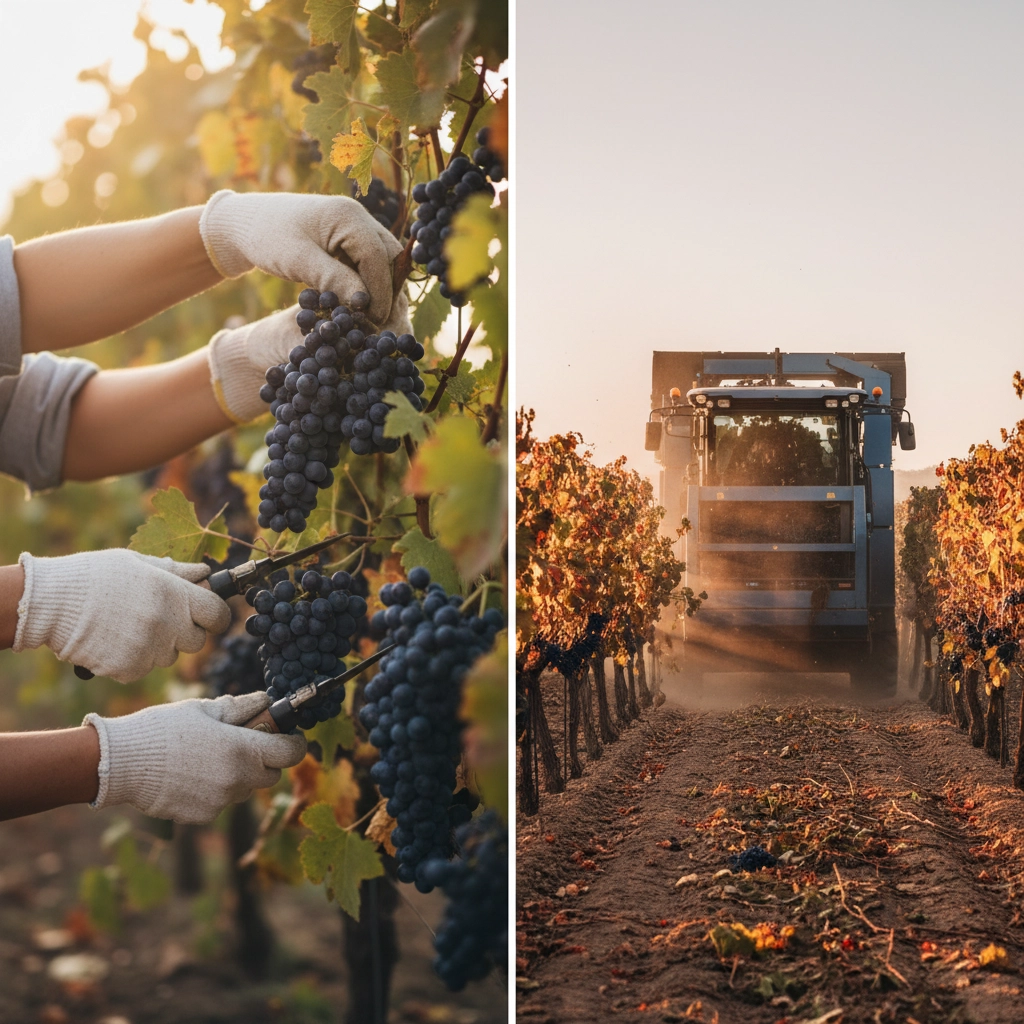
The Artisan Approach: Hand Harvesting
Hand picking remains the gold standard for premium wines, offering unmatched precision and gentleness. Skilled harvesters can select only the best clusters while leaving damaged or unripe fruit on the vine. This selectivity proves especially valuable in challenging vintages where ripeness varies dramatically within the same vineyard block.
Hand harvesting also minimizes grape damage. Mechanical harvesters, while efficient, can break grape skins and start uncontrolled fermentation before the fruit even reaches the winery. For delicate varieties like Pinot Noir or when producing sparkling wines where whole cluster pressing is essential, gentle hand harvesting often makes the difference between good and exceptional results. In some cases like the production of Sauternes, harvesters will pass through the vines thee times in order to select the most Noble Rot infected fruit.
Modern Efficiency: Mechanical Harvesting
Don’t dismiss mechanical harvesting as inferior: when used thoughtfully, machines can produce excellent results while offering practical advantages. Modern harvesters work much faster than hand crews, allowing winemakers to pick entire vineyard blocks quickly when optimal ripeness windows are narrow.
Mechanical harvesters also offer consistency and can work around the clock, crucial advantages during heat waves or when unexpected weather threatens the crop. For larger production wines where gentle handling is less critical, mechanical harvesting provides an economical solution without significantly compromising quality.
Time of Day: The Hidden Variable
Here’s a harvesting secret that can dramatically impact wine quality: when during the day you pick makes a huge difference. The coolest periods: preferably early morning: represent optimal harvest conditions. Those Instagram-worthy sunrise harvest photos aren’t just for show; they capture winemakers working when grape temperatures are lowest and flavor compounds most stable.
Avoid harvesting between 11 AM and 4 PM at all costs. High afternoon temperatures can damage grape quality, increase unwanted oxidation, and create fermentation challenges in the winery. Cool grapes also press more gently and produce cleaner juice with better aromatic potential.
Early Harvest: Bright and Crisp
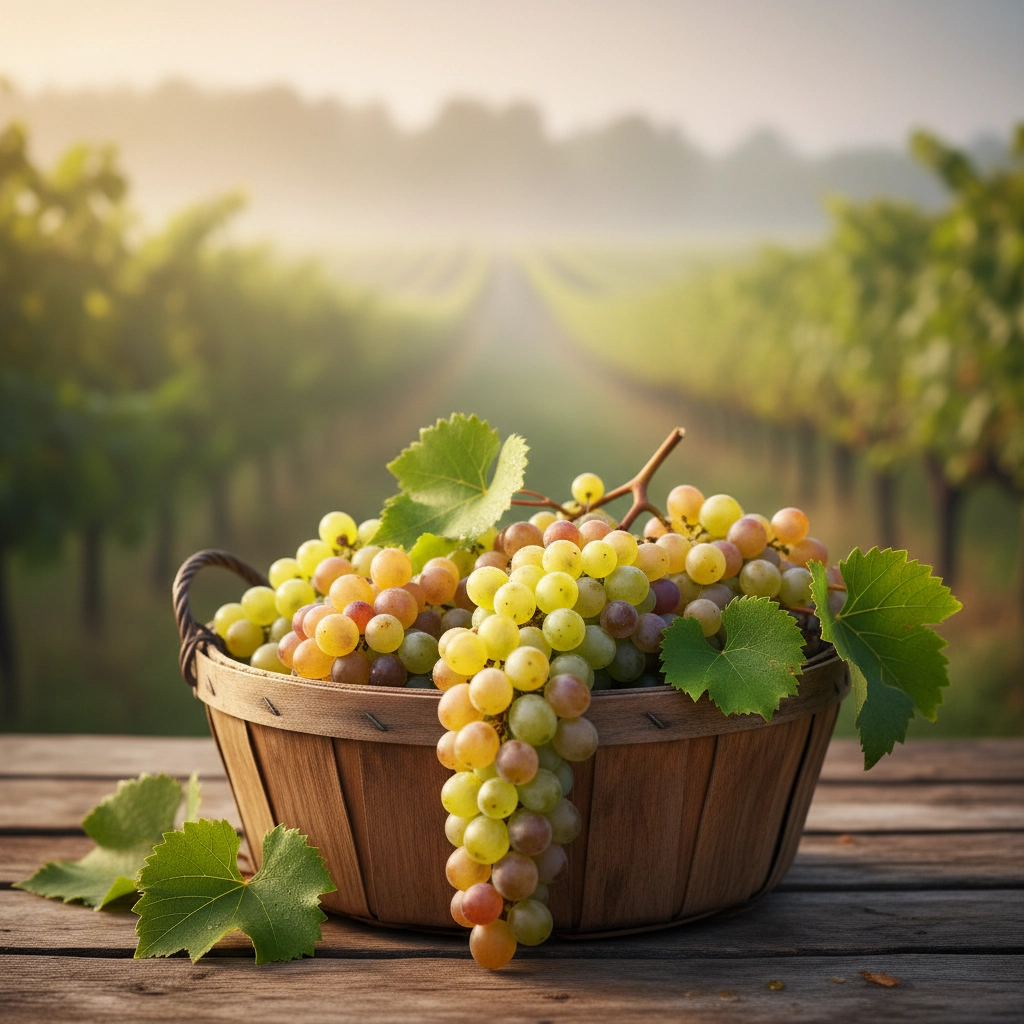
When winemakers pick grapes earlier in the ripening process, they’re making a deliberate choice about wine style. Early-harvested grapes contain higher acidity and lower sugar levels, producing wines that are crisp, fresh, and light-bodied with bright fruit characteristics and sometimes herbaceous notes.
This approach works beautifully for sparkling wines, where high acidity provides the backbone for successful bottle fermentation. Early harvesting also appeals to modern consumers seeking lower-alcohol wines with food-friendly acidity. Think of those refreshing Sauvignon Blancs or elegant Pinot Noirs that dance on your palate rather than overwhelming it.
However, timing early harvests requires skill and experience. Pick too soon, and you’ll end up with overly acidic, thin wines that lack fruit concentration and complexity. The key lies in identifying when grapes achieve sufficient flavor development while retaining vibrant acidity.
Late Harvest: Rich and Powerful
On the opposite end, late harvesting creates opportunities for richer, more powerful wines. Extended hang time allows grapes to accumulate higher sugar levels while developing concentrated flavors and deeper color compounds. These grapes produce fuller-bodied wines with higher alcohol content and often more complex, jammy fruit characteristics.
Late harvest techniques work particularly well for bold red varieties like Cabernet Sauvignon, Syrah, and Zinfandel, where concentration and power are desired. Some winemakers even use controlled dehydration, allowing grapes to shrivel slightly on the vine to concentrate flavors further.
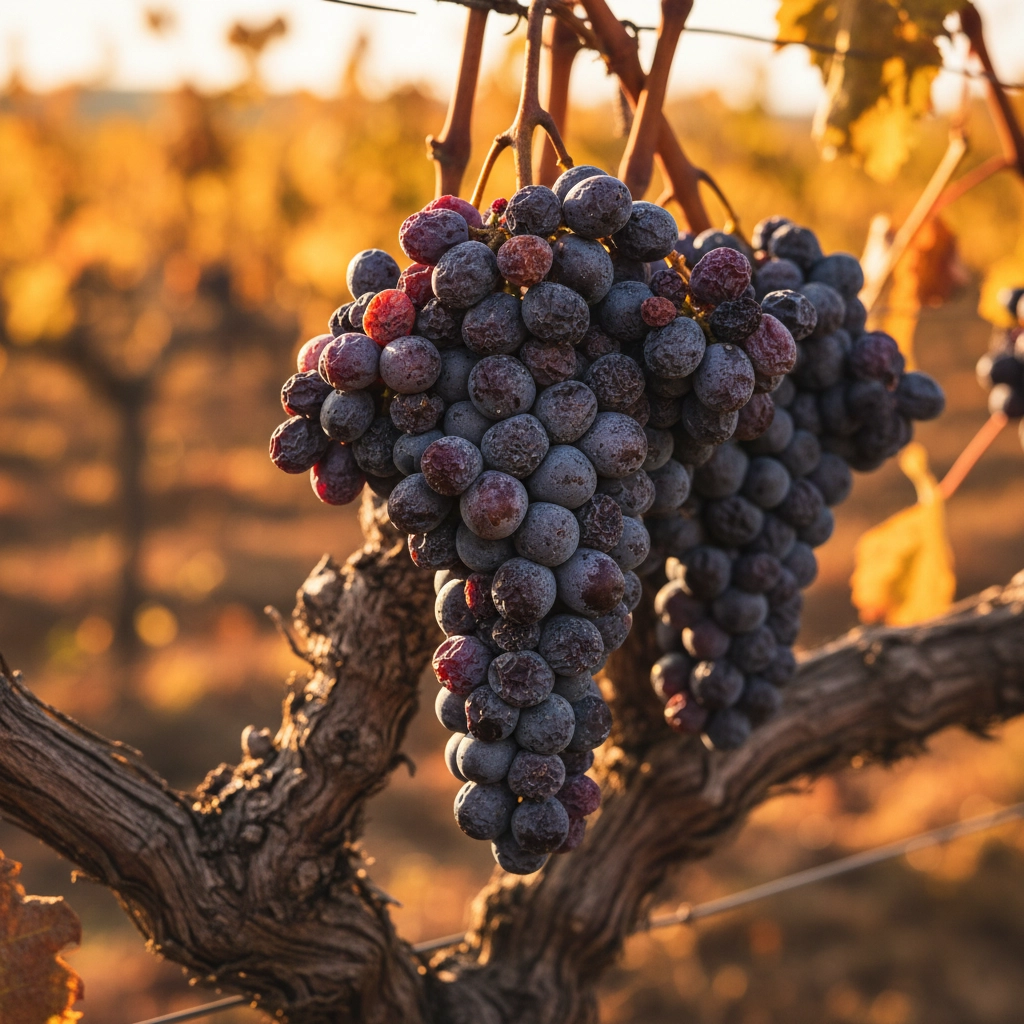
But late harvesting carries risks. Wait too long, and grapes can become overripe, producing overly alcoholic wines that lack balance and freshness. Disease pressure also increases with extended hang time, as grapes become more susceptible to rot and other problems that can ruin entire blocks.
The Ripple Effect: How Harvest Decisions Shape Your Glass
Every harvest decision creates ripple effects that extend far beyond the vineyard. The timing and technique choices made during those crucial harvest days directly influence what ends up in your glass months or years later.
Early harvest decisions tend to preserve natural acidity, creating wines with bright fruit flavors, lower alcohol levels, and food-friendly profiles. These wines often age gracefully, maintaining freshness over years in the cellar. Late harvest choices emphasize concentration and power, producing wines with rich, developed flavors and higher alcohol content that can overwhelm delicate dishes but pair beautifully with robust foods.
The harvesting technique also leaves its mark. Hand-harvested wines often display more nuanced flavors and cleaner profiles, while mechanically harvested wines might show slightly different textural characteristics but can still achieve excellent quality when handled skillfully.
Bringing It All Together
Understanding grape picking helps you appreciate the incredible complexity behind every bottle of wine you enjoy. That crisp Riesling displaying perfect balance between sweetness and acidity? The winemaker probably monitored sugar levels daily before picking at exactly the right moment. The rich Cabernet Sauvignon with deep, concentrated flavors? Those grapes likely hung on the vine longer than usual, developing intensity through extended ripening.
Next time you taste wine, consider the harvest story behind it. Those flavor characteristics didn’t happen by accident: they’re the direct result of careful timing decisions and harvesting techniques that transformed simple grapes into the complex, delicious wine in your glass.
The journey from grape to glass truly begins in those critical harvest moments, where science meets intuition and experience guides every decision. It’s just one more reason why great wine represents so much more than fermented fruit: it’s the culmination of countless choices made by passionate people dedicated to their craft.

